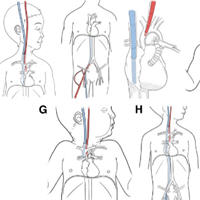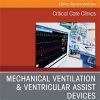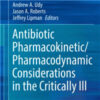Pediatric Extracorporeal Cardiopulmonary Resuscitation ELSO Guidelines
journals.lww.com
Survival rates with good neurologic outcomes following conventional cardiopulmonary resuscitation (CPR) for cardiopulmonary arrest, either in the in-hospital (IH) or out-of-hospital settings, have improved but remain poor in children.
In general, a longer duration of CPR before the return of circulation is associated with decreased probability of survival,4,5 worse neurologic6, and neuropsychologic outcomes among survivors.
It is the rapid deployment of venoarterial (VA) extracorporeal membrane oxygenation (ECMO) or cardiopulmonary bypass (CPB) to provide reperfusion with oxygenation and cardiovascular support in the context of cardiopulmonary arrest.
In 2018, Extracorporeal Life Support Organization (ELSO) guidelines and Utstein guidelines harmonized their nomenclature and clarified the definition for ECPR.
ECPR is defined when ECMO flow is instituted during conventional CPR, delivered with manual or mechanical compressions, or within 20 min of return of spontaneous circulation without ongoing compressions.
As such patients cannulated after 20 min of sustained return of spontaneous circulation are classified as receiving VA ECMO, not as ECPR.




















